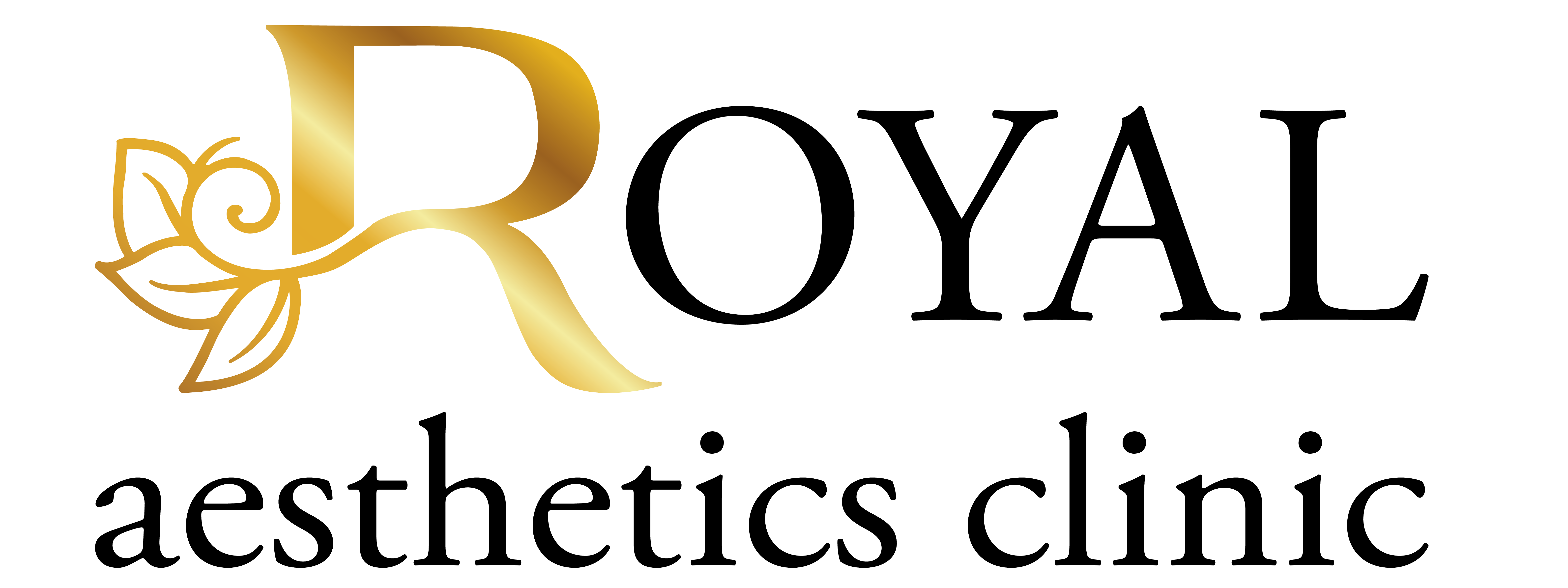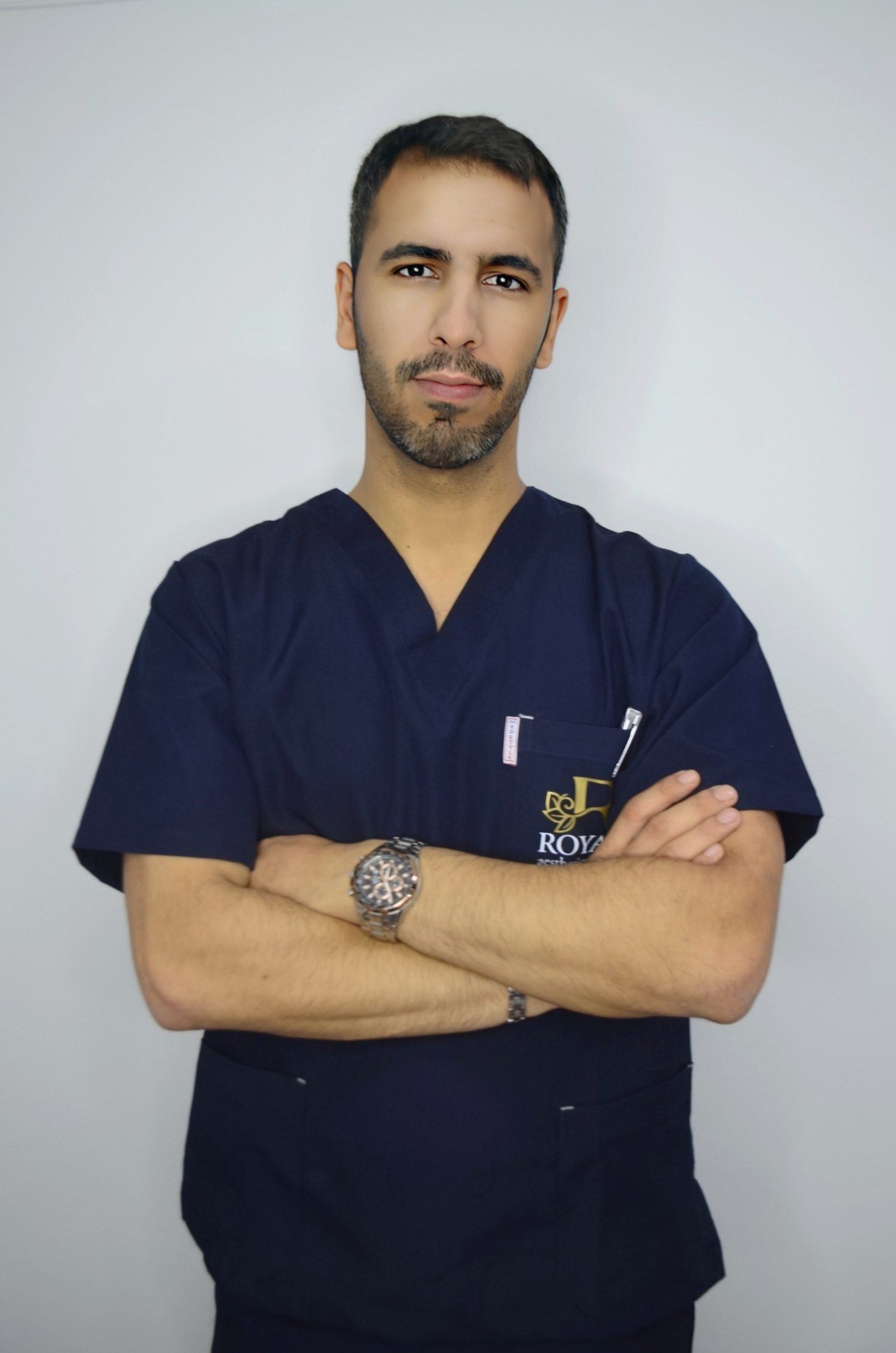Face Thread Lifting Master Course
Course Overview
The Face Thread Lifting Master Course is an advanced training program designed to equip practitioners with the skills and knowledge needed to perform non-surgical facelifts using threads. This course covers both theoretical and hands-on training in thread-lifting techniques, focusing on achieving natural, long-lasting results. The course will emphasize facial anatomy, thread placement, patient selection, and complication management, using both PDO (polydioxanone) and PLLA (poly-L-lactic acid) threads.
Course Duration
-
-
- Theory: 1 Day (In-class or Online)
- Practical: 2 Days (Hands-on Training)
-
Learning Objectives
By the end of this course, participants will:
-
-
- Understand the types of threads used for lifting and skin rejuvenation.
- Learn advanced techniques for thread lifting, including insertion points and vector planning.
- Master the use of PDO and PLLA threads for non-surgical face lifting.
- Be able to identify suitable candidates for thread lifting and plan treatments accordingly.
- Gain the ability to manage potential complications and provide effective aftercare.
-
Course Content
Module 1: Introduction to Thread Lifting
-
-
- History and evolution of thread lifting
- Types of threads:
- PDO (polydioxanone)
- PLLA (poly-L-lactic acid)
- PCL (polycaprolactone)
- Mechanism of action: How threads work to lift and tighten skin
- Benefits of thread lifting vs. other non-surgical lifting procedures
-
Module 2: Facial Anatomy for Thread Lifting
-
-
- Key anatomical structures:
- Skin layers
- Fat compartments
- SMAS (Superficial Muscular Aponeurotic System)
- Ligaments and vascular structures
- Understanding facial vectors and gravity’s effect on aging
- Thread placement considerations to avoid critical structures
- Zones suitable for thread lifting:
- Mid-face (cheeks, nasolabial folds)
- Jawline and jowls
- Neck
- Eyebrow lift
- Marking facial zones for safe and effective thread insertion
- Key anatomical structures:
-
Module 3: Types of Threads and Their Applications
-
-
- PDO Threads:
- Mono threads, cog threads, screw threads
- How PDO threads stimulate collagen production and skin tightening
- PLLA and PCL Threads:
- Differences between thread materials and their longevity
- Application of PLLA and PCL threads for deeper lifting
- Selecting the right thread type based on treatment goals and patient anatomy
- PDO Threads:
-
Module 4: Advanced Thread Lifting Techniques
-
-
- Needle vs. Cannula Technique:
- Benefits of using a cannula for thread placement
- Cannula technique for safer, more precise insertion with less bruising and swelling
- Thread Placement and Vector Planning:
- Identifying optimal insertion and exit points
- Strategic placement for lifting and repositioning facial tissues
- Creating a natural, youthful contour by restoring facial volume
- Mid-Face and Lower Face Lift:
- Techniques for addressing sagging cheeks, nasolabial folds, and marionette lines
- Thread placement for jawline contouring and reducing jowls
- Eyebrow and Neck Lift:
- Techniques for lifting drooping eyebrows and tightening neck skin
- Special considerations for sensitive areas
- Needle vs. Cannula Technique:
-
Module 5: Patient Selection and Consultation
-
-
- Patient Assessment:
- Evaluating facial anatomy, skin laxity, and suitability for thread lifting
- Contraindications for thread lifting (e.g., severe skin laxity, certain medical conditions)
- Setting realistic expectations with patients regarding results and longevity
- Consultation Process:
- Understanding patient goals and concerns
- Providing a thorough explanation of the procedure and recovery time
- Managing patient expectations and explaining the natural, subtle outcomes of thread lifting
- Customizing Treatment Plans:
- Tailoring thread-lifting techniques based on individual patient anatomy and goals
- Combining thread lifting with other treatments (e.g., fillers, Botox) for optimal results
- Patient Assessment:
-
Module 6: Managing Complications and Post-Treatment Care
-
-
- Common Complications:
- Bruising, swelling, and infection
- Thread visibility or migration
- Asymmetry or over-correction
- Advanced Complication Management:
- Handling thread breakage and extrusion
- Correcting unsatisfactory results or managing patient dissatisfaction
- Post-Treatment Care:
- Best practices for ensuring smooth recovery and optimal results
- Providing aftercare instructions to minimize downtime
- Follow-up care: when to schedule and what to look for in follow-up sessions
- Common Complications:
-
Module 7: Hands-On Practical Training
- Day 1: Mid-Face, Jawline, and Lower Face Lifting
- Practical training on placing threads in the mid-face, jawline, and lower face to lift sagging tissues and define contours.
- Day 2: Neck Lift, Eyebrow Lift, and Complex Cases
- Practical sessions focusing on thread placement for neck tightening and eyebrow lifting.
- Special techniques for complex cases (e.g., revising previous thread lifts, working with different skin types).
Module 8: Combination Treatments for Enhanced Results
-
-
- How to combine thread lifting with dermal fillers or Botox for a comprehensive facial rejuvenation approach.
- Overview of the layering techniques: combining volumization (fillers) with lifting (threads).
- Case studies showcasing combination treatment results.
-
Module 9: Business and Marketing for Thread Lifting
-
-
- Building a successful practice specializing in thread lifting.
- Pricing strategies for thread lifting treatments.
- Marketing techniques to attract clients:
- Showcasing before and after results on social media and websites.
- Using patient testimonials and promoting natural results.
- Managing patient retention and encouraging follow-up treatments for maintenance.
-
Assessment and Certification
Participants will be assessed based on:
-
-
- Theoretical knowledge through a written test.
- Practical skills through hands-on assessments.
- After successful completion, participants will receive a certification in Advanced Thread Lifting Techniques.
-


